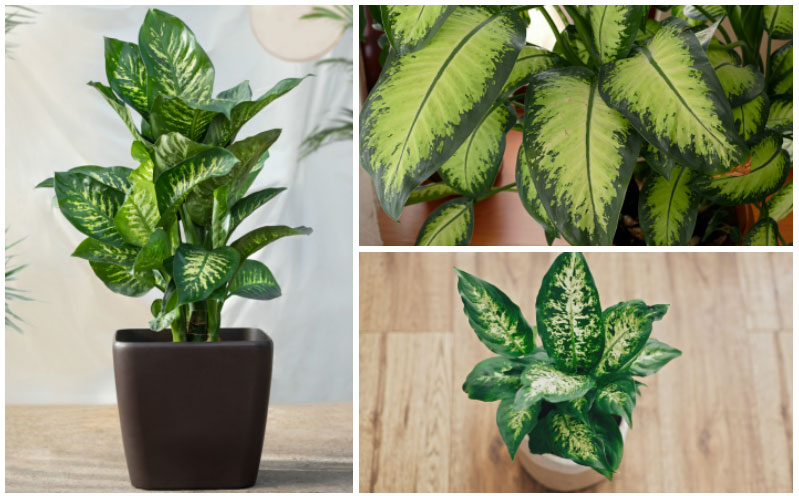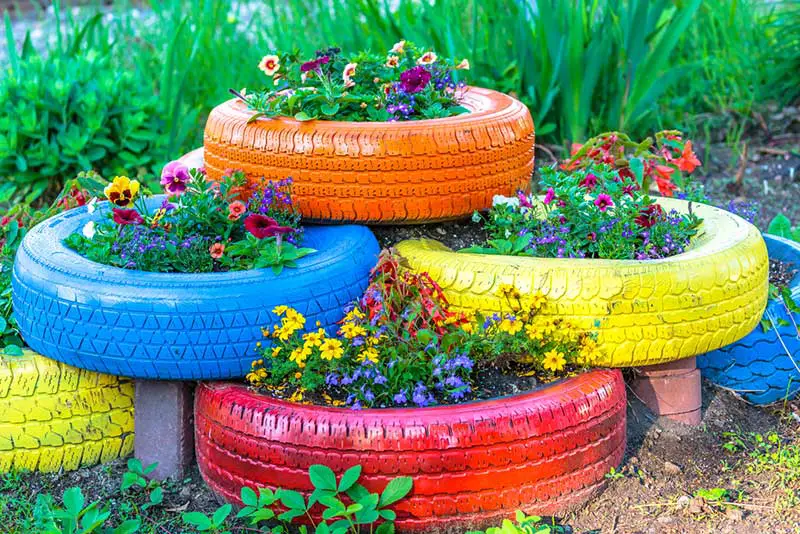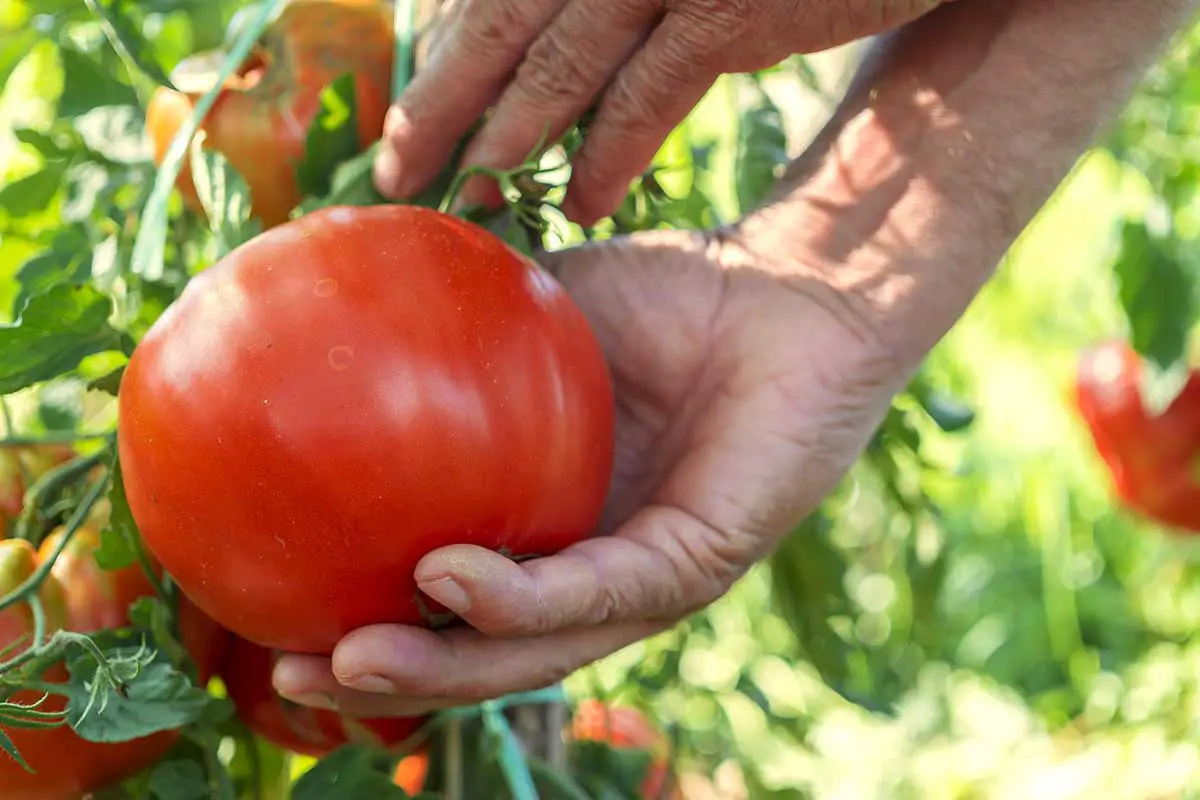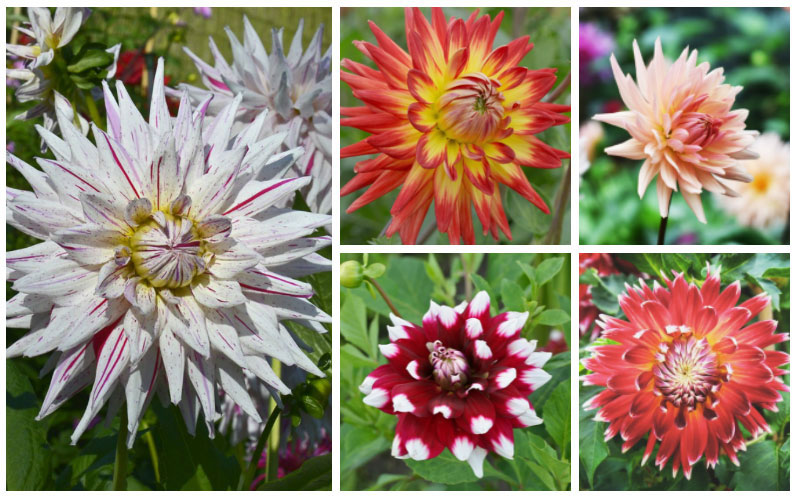
The dieffenbachia plant, which is also commonly known as the dumb cane, is a plant that is known for its green and white foliage. It’s a plant that is pretty quick to grow, especially if it’s grown in zones 11 and 12.
There are a lot of different varieties of these plants on the market, but the majority of them can grow to be about four to five feet in height.
They are toxic to cats and dogs, so be aware if you have pets.
Caring for this plant is not too difficult, but let’s take a look at some of the things that you will need to know.
Watering Needs
Since this is a member of the aroid family, it’s a plant that prefers to grow with a lot of water and humidity. During the hot months of the year, you will need to give the plant plenty of water to keep the soil moist. You don’t want the soil to be wet, because it can cause root rot. However, slightly moist soil is recommended. When it gets colder outside during the winter months, you will be able to reduce the amount of water that the plant receives.
Light and Temperature Requirements
This is a plant that likes to grow in a lot of natural light, but it cannot handle full sun, especially the hot afternoon sun. For this reason, it tends to do well next to a window that gets the morning sun. When it comes to temperature, this plant prefers it to be on the warmer side. Throughout the year, the temperature should remain between 65 and 75 degrees Fahrenheit for the plant to thrive. Temperatures that drop below 60 degrees can be dangerous for the overall health of the plant.
Soil and Fertilizer
The dieffenbachia likes well-drained soil, so it’s best to add some sand or perlite to the mixture that you use. I prefer to use an African violet soil mix so that it drains with ease. When it comes to fertilizer, this is a plant that will need to have a bit of food every other week, especially during the growing season. During the colder months, fertilizer is not required because the plant will not be actively growing.
Propagating the Plant
If you see the plant getting too leggy, then it is time to propagate it. This is done by cutting off the top of a shoot when the stems become bare, then place the stem in soil. After a period of about two to four weeks, the cuttings should start to take root in the container. This plant can be sensitive to bacteria, so when you take the cutting from the plant, use a razor blade that is free from any bacteria.
If you are not having any luck with cuttings taking root, you can try air layering as well. To do this, you will need to cut a part of the plant through the stem about a foot from the top. In this stem, you will need to secure a soil mixture. Once it is secured, roots will begin to form. When this happens, the new plant can be removed and planted to grow.
Problems & Solutions
Yellow Leaves on my Dumb Cane – If the lower leaves on your dumb cane are turning yellow, this may be due to lowering temperatures or the location of your plant is near a window or door and it gets wind drafts. Move your plant to a warmer room and away from drafts.
The leaves on your plant are pale or washed out – Your dieffenbachia may be getting to much bright light or it is getting direct sun. Move your plant to a shadier spot in your home.
My leaves on my dumb cane are falling – The reason for falling leaves could be temperature related. Move your plant to a warmer location away from any wind drafts.



